The prestige of Ultramarine
Ultramarine is an example of the length artists go to for a colour they are passionate about. The pigment was so highly prized that it became a symbol of status and wealth. Patrons commissioning art would agree a separate budget with the artist for Ultramarine only, to ensure that it was used. All these factors combined once made the pigment more expensive than gold. We delve into the history behind the bottle of French Ultramarine preserved in the Winsor & Newton archive.
Ultramarine pigment is derived from the precious stone lapis lazuli. This translates as the ‘blue stone’, in Latin. Making it was time consuming, and a great effort would only result in a small amount of pigment.
The creation of synthetic French Ultramarine
The pressure was on for chemists and art supply developers to make a more affordable version. In 1826, French chemist Jean-Baptiste Guimet created a cheaper synthetic pigment at a fraction of the price. Dubbed French Ultramarine, it was made from a mix of clay, soda, charcoal, quartz and sulphur. This had to be heated, ground, washed and re-heated to convert it from green to its iconic bold blue.
The bottle of French Ultramarine from the Winsor & Newton archive is dated May 30, 1879. Turner was reported to be the first artist to use the new colour. Artists such as Van Gogh, Renoir and Manet all preferred this new pigment because its affordability gave them a new sense of freedom with the colour.
Legacy and impact on art
Great artists often urged chemists to innovate new pigments like this for a richer palette. The result was often an advancement in colour – as synthetic pigments are often resistant to fading or changing colour over time. This is one example of a new pigment outshining the original, becoming the workhorse blue of artists’ palettes to this day.

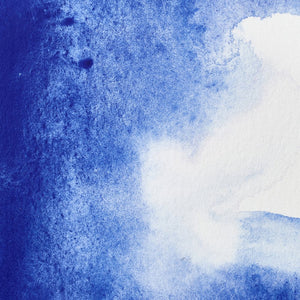
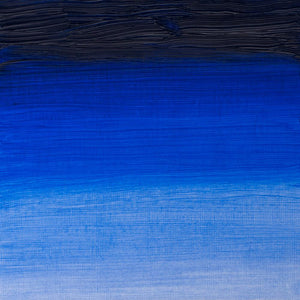

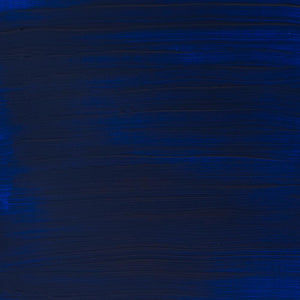
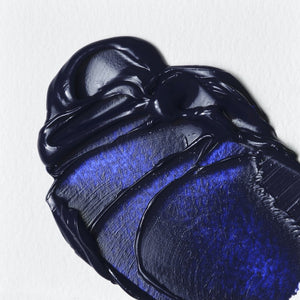
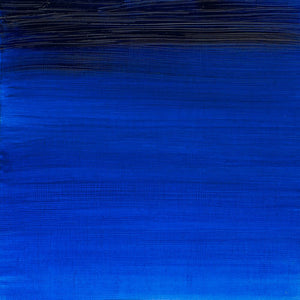
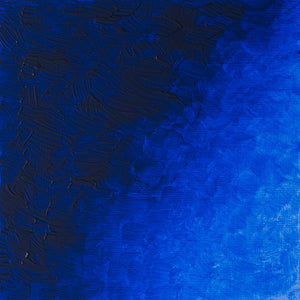

![W&N BLACK FINELINER LS 0.1 [CAP ON]](http://uk.winsornewton.com/cdn/shop/files/64128.jpg?crop=center&v=1736866967&width=20)
![WN COTMAN 8 PC FLORAL POCKET BOX [OPEN WITH STICKER] 884955081129](http://uk.winsornewton.com/cdn/shop/files/132624.jpg?crop=center&v=1761839596&width=20)
![W&N COTMAN WATERCOLOUR 8HP FLORAL POCKET SET [FRONT]](http://uk.winsornewton.com/cdn/shop/files/97499.jpg?crop=center&v=1760698026&width=20)

![WN PROMARKER COOL GREY 3 [COMPOSITE] 884955041406](http://uk.winsornewton.com/cdn/shop/files/77586.jpg?crop=center&v=1741263144&width=20)

![W&N SERIES 7 KOLINSKY SABLE BRUSH ROUND [SHORT HANDLE]](http://uk.winsornewton.com/cdn/shop/files/11424.jpg?crop=center&v=1762864605&width=20)
![W&N GALERIA ACRYLIC TUBE 60ML TITAN WHITE 08 [COMPOSITE] 094376914061](http://uk.winsornewton.com/cdn/shop/files/9396.jpg?crop=center&v=1714072593&width=20)
![W&N GALERIA [SWATCH] TITANIUM WHITE](http://uk.winsornewton.com/cdn/shop/files/3097.jpg?crop=center&v=1714072593&width=20)
![W&N GALERIA CARDBOARD SET 10X12ML 884955097809 [OPEN]](http://uk.winsornewton.com/cdn/shop/files/138856.jpg?crop=center&v=1725031476&width=20)
![W&N GALERIA CARDBOARD SET 10X12ML [B014096] 884955097809 [FOP]](http://uk.winsornewton.com/cdn/shop/files/138855.jpg?crop=center&v=1725031475&width=20)